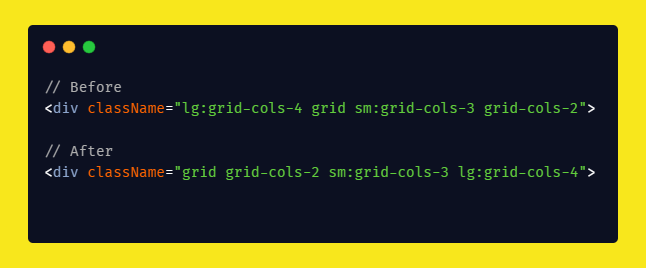What Powers Neuralink Chip When Implanted into the Human Brain?

Image Credit: Neuralink
In recent years, the field of neuroscience has witnessed remarkable advancements, with one of the most talked-about innovations being the Neuralink chip.
This tiny device, developed by Elon Musk’s Neuralink Corporation, holds immense potential in revolutionizing the way we interface with technology, particularly in the context of the human brain.
But have you ever wondered what powers this groundbreaking chip when it’s implanted into the human brain? That’s what we will be looking at in this article.
Table of Contents
What Powers Neuralink Chip When Implanted into the Human Brain
The Neuralink chip draws its power from a compact internal battery, specially engineered for longevity and low energy consumption.
Upon implantation into the brain, this battery serves as the primary source of power for the chip’s functions.
While specific details regarding the battery’s specifications remain undisclosed, Neuralink emphasizes its small size and extended lifespan, ensuring sustained operation within the brain.
How is the battery recharged?
To replenish the battery’s charge, Neuralink employs a wireless charging mechanism.
Through the use of inductive charging technology, electromagnetic fields are utilized to transmit energy to the implanted chip without the need for physical contact.
This wireless charging capability offers convenience and eliminates the necessity for additional surgical procedures to recharge the device.
Within the chip itself, custom-designed microchips manage power distribution and signal processing efficiently.
These advanced electronics not only facilitate neural signal processing but also contribute to minimizing power consumption, thereby optimizing the chip’s overall performance.
It’s important to acknowledge that Neuralink’s technology is still undergoing refinement and rigorous testing to ensure its long-term safety and efficacy.
While the power system demonstrates promising capabilities, ongoing research is essential to further elucidate its impact on human physiology and optimize its functionality.
Wrap Up
As a wrap up, the Neuralink chip’s power system relies on an internal battery, supported by wireless charging technology and custom electronics, to enable its neural interface capabilities within the human brain.
FAQs
1. How long does the Neuralink battery last on a single charge?
Neuralink hasn’t provided specific details on battery life, but it’s designed for all-day usage.
2. Is wireless charging safe for the brain?
Yes, wireless charging minimizes risks associated with wires entering the brain, prioritizing user safety.
3. Can the N1 Chip be charged while in use?
While specifics on charging while in use haven’t been disclosed, Neuralink’s wireless charging approach ensures convenience and flexibility for users.
4. Are there any potential health concerns associated with the N1 Chip’s power source?
Neuralink prioritizes safety in its design, minimizing potential risks through wireless charging technology.





